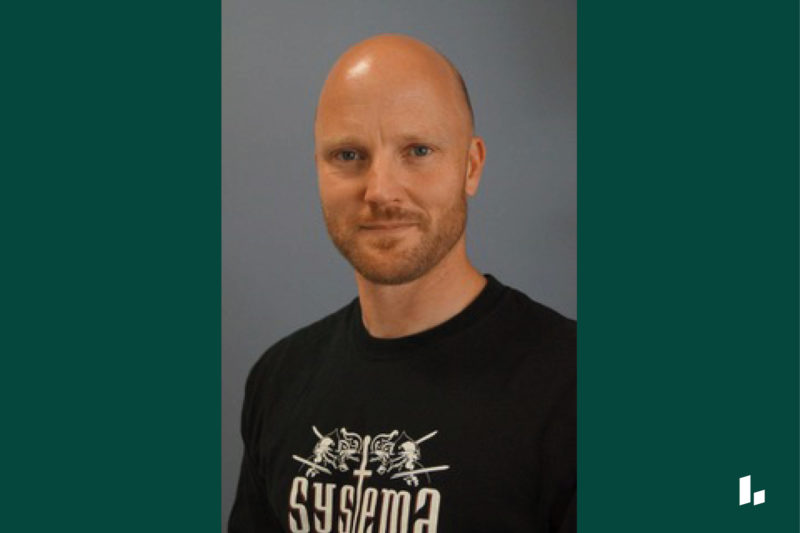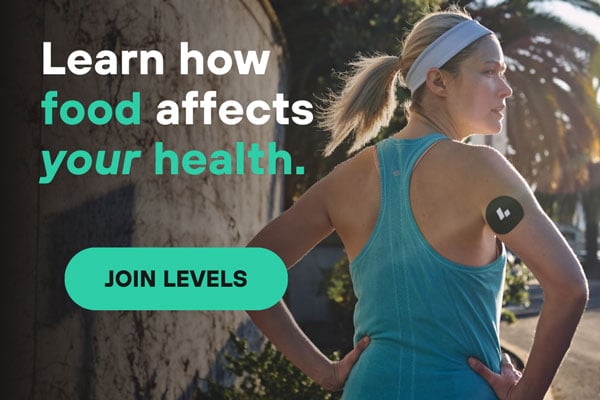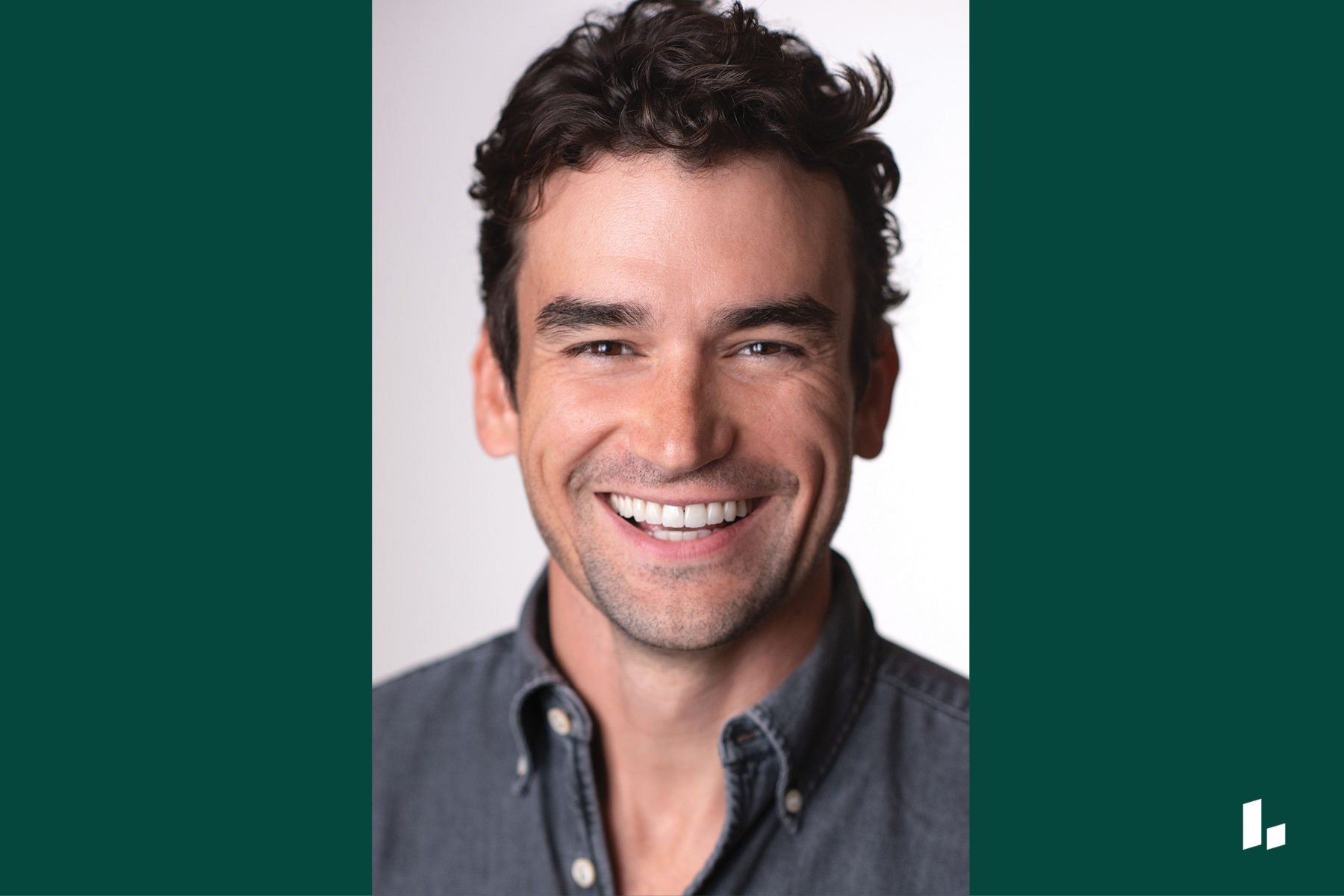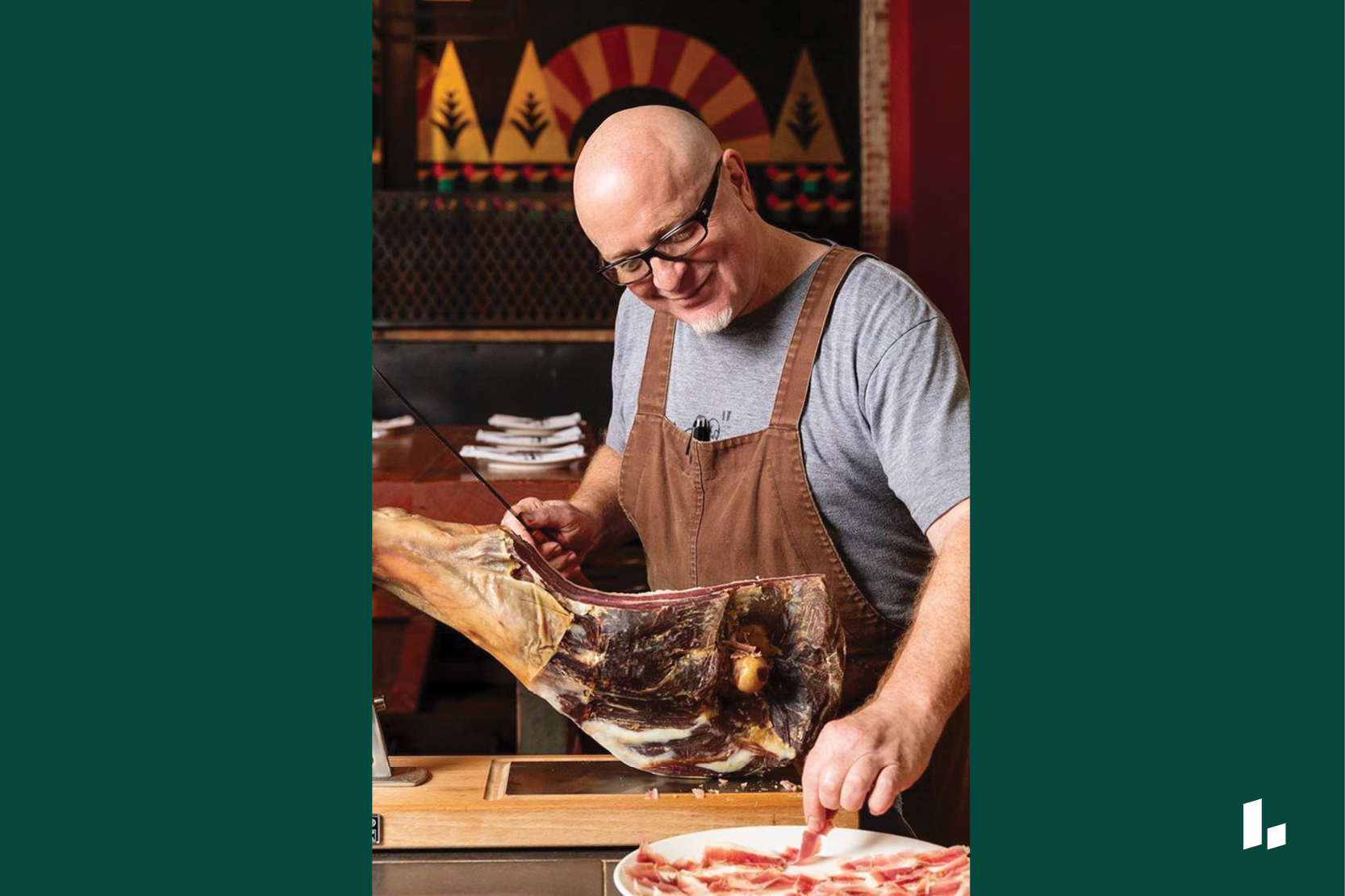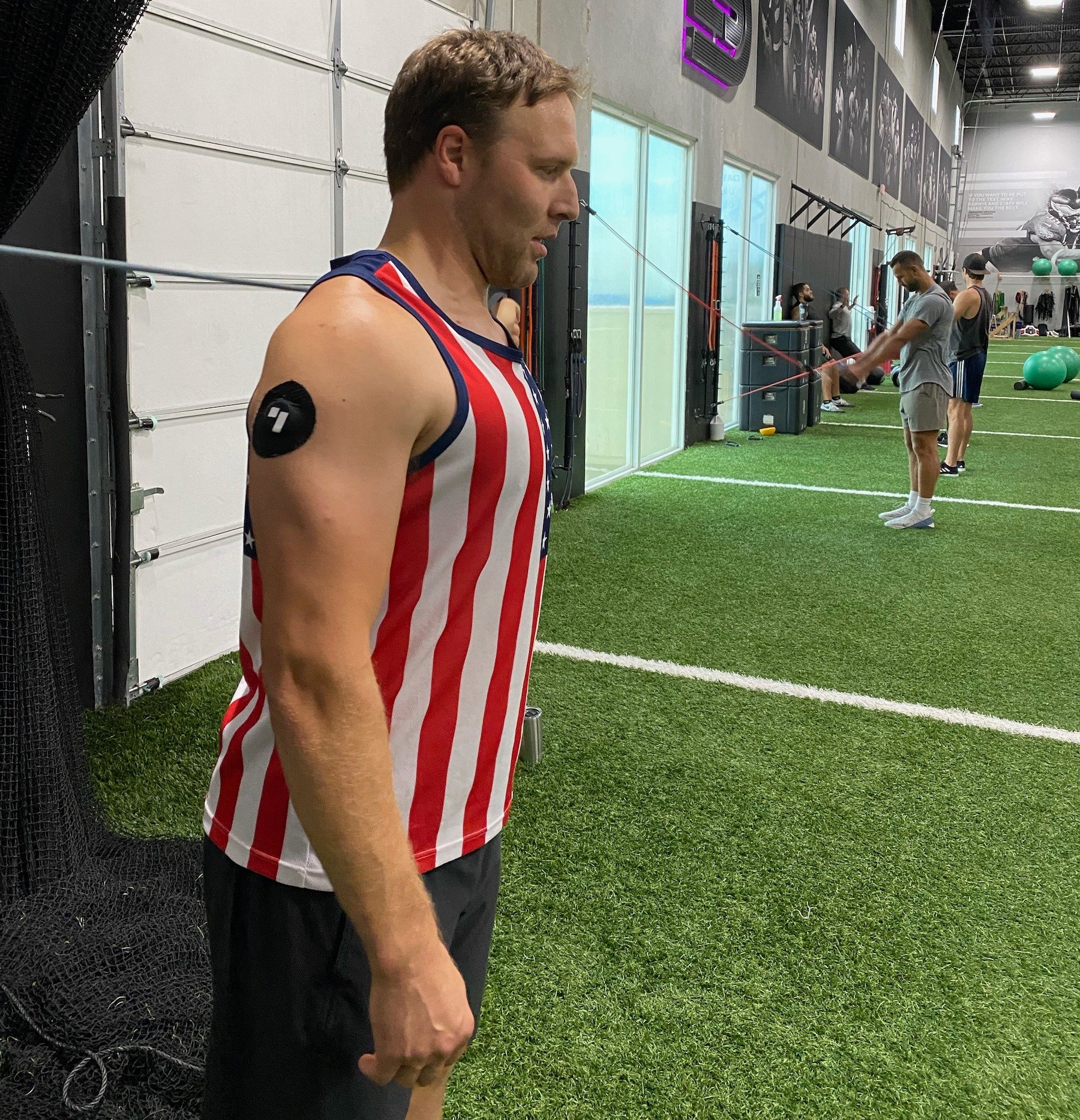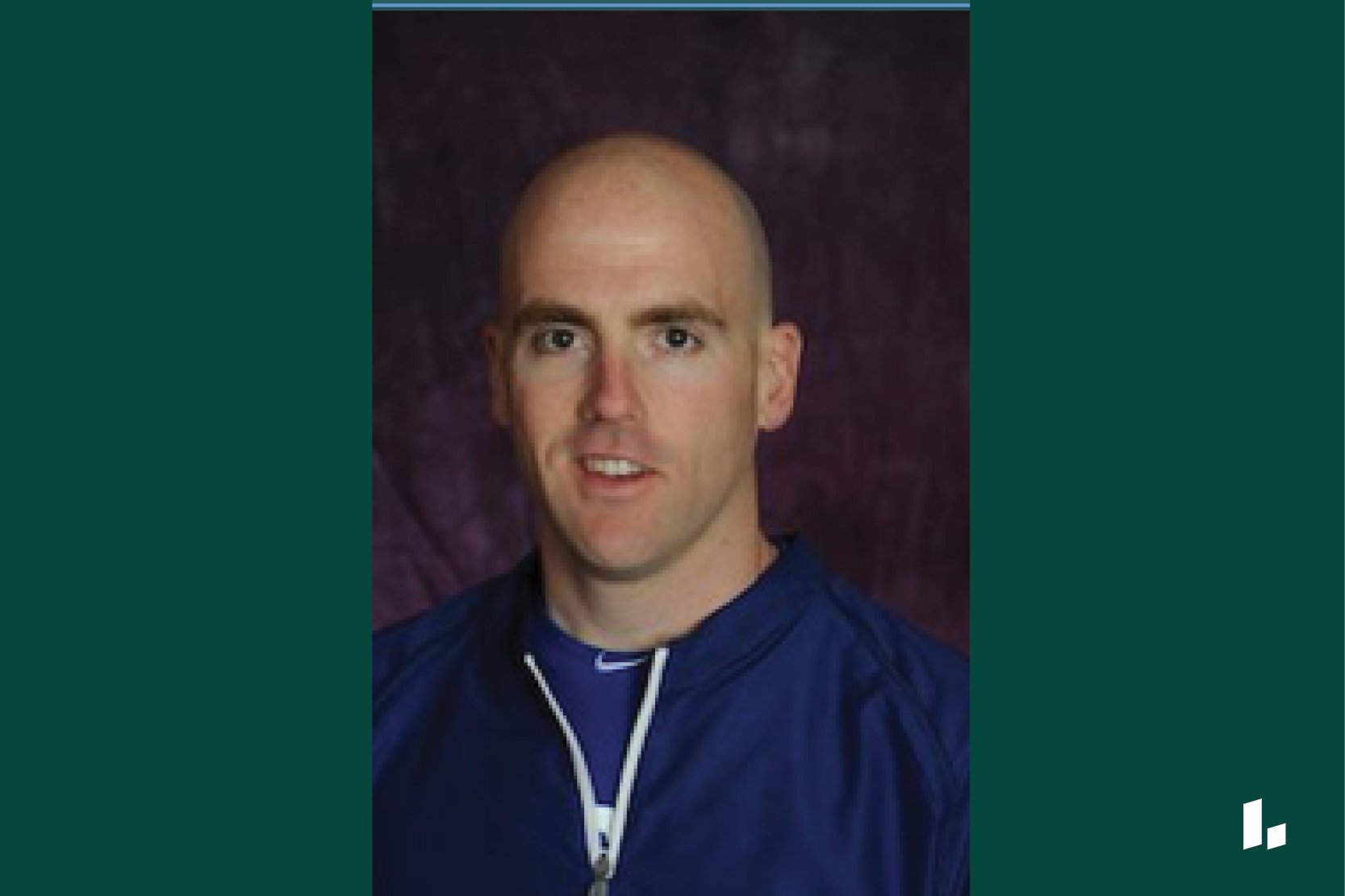Member Profile:
Who: Glenn Murphy, age 45
Where: Durham, North Carolina
Time with Levels: 1 month
Most Useful Takeaway: “Eventually, you get muscle memory of what foods will do to your glucose. So now when I look at a food, I’m no longer thinking with my stomach; I know how I’ll feel after I eat that food.”
1. What is your general approach to health and fitness?
I’ve been a lifelong martial artist and have been training since I was five years old. I’ve also taught professionally for the last 14 years since we moved to the States from England. The style of martial arts that I teach, called Systema, dives deep into conditioning the mind and body so that you can take the practice of the art into your daily life. Ultimately, it helps you to become calmer, so you’re less susceptible to stress and the wild swings of fortune that happen in everyday life.
“So many people push out different types of diets, but very few of them are individualized. They don’t account for the fact that a banana is not a banana from one person to another.”
2. Were you aware of your metabolic health before putting a CGM on your arm?
I’m a trained biologist and have authored 25 science books for kids and teenagers. So, I was aware of the effects of blood sugar, and I know about insulin curves and hormonal responses. In the past, I’ve done a low glycemic index diet and restricted carbohydrate diet to balance out my glucose levels. I’ve done keto, too. To be honest, I was underwhelmed by the results of those diets. I lost some weight but was also miserable, hungry, and irritable. It’s a common thing that people complain about on low-carbohydrate diets, and I wasn’t doing them the right way.
So many people push out different types of diets, but very few of them are individualized. They don’t account for the fact that a banana is not a banana from one person to another. Oatmeal is not the same for everyone. Someone told me to wake up in the morning and eat a huge bowl of oatmeal, and if I do that, I feel terrible. I crash afterward. My wife, on the other hand, does great on oatmeal. From these past attempts at dieting, there wasn’t one diet that was hitting all the bases for me.
3. What was your goal when you decided to put on a CGM?
I can typically regulate my weight within five pounds up or down. On average, I do about three to four hours of training. But then the pandemic happened, and work slowed down, and I wasn’t teaching or training quite as much. I was stuck at home and juggling more stress. I put on a bit of weight. And then I went on a six-week trip to Spain to see my family where I sat around and ate and didn’t train much. So I put on more weight.
It was then where I thought, “Maybe I have to look more seriously now about an eating plan.” I resolved not to go on a diet again. But the individual nature of what you learn from Levels drew me in. I looked at it as a beautiful chance to experiment, to meticulously log everything you’re eating and watch the response curve of what’s going on with your glucose.
Learn more:
4. What did you learn about how specific foods were affecting you?
One difference that I noticed was on days when I had poor recovery from training. There were days where I worked out early and taught three private classes back-to-back. I’d wake up the next morning, and my muscles would feel tired. On those days where I felt exhausted, I wanted to eat more sugary foods. On days when I was depleted or had sleep deprivation, I could see my blood sugar rise higher in response to the foods I typically ate. For example, when I ate a banana, my blood sugar would peak higher on the days after overtraining.
There was one day, after overtraining, where I ate 3 of my kid’s leftover jelly beans from Easter, and my blood sugar spike was ridiculous—it went to 150 mg/dL. The next day I trained for an hour or two in the morning and then relaxed watching a movie with friends where I ate sliders and drank some beer. I barely went over 110 mg/dL. My body was able to process these foods better when I was well-rested and not overtrained and consumed protein.
And how something as simple as eating the fat first in a mixed fat and carbohydrate meal can make an enormous difference in the way it’s metabolized. I thought the “food is information” concept was fascinating: How you literally program your body to do things with the food. That makes perfect sense to me, from what I know about biology; I just never heard it phrased that way.
5. Knowing all you do about biology and training, what has stuck with you from this experiment?
I’ve developed several new practices to use. For one, I can see how portions of specific foods affect me in real-time. Eventually, you get muscle memory of what that will do to your glucose. So when I look at a food, I’m no longer thinking with my stomach; I’m thinking with my memory and how I felt after eating those foods. That’s what you want because it drives real behavior change and prevents you from rationalizing your choices, which can lead you down the wrong path. It anchors you more to the experiencing self rather than the remembering self, so you don’t start thinking, “Oh, it won’t be so bad. You recovered from that fine last time. One big ice cream cake’s not going to kill you.” All the little rationales that you can tell yourself.
